A place in my Heart
There’s a place in my heart …
– Wherever I go
Wherever I go.

The place is called ROMANIA!
Photos by me
With Love,

Copyright © 2020 manuela@inalove.world











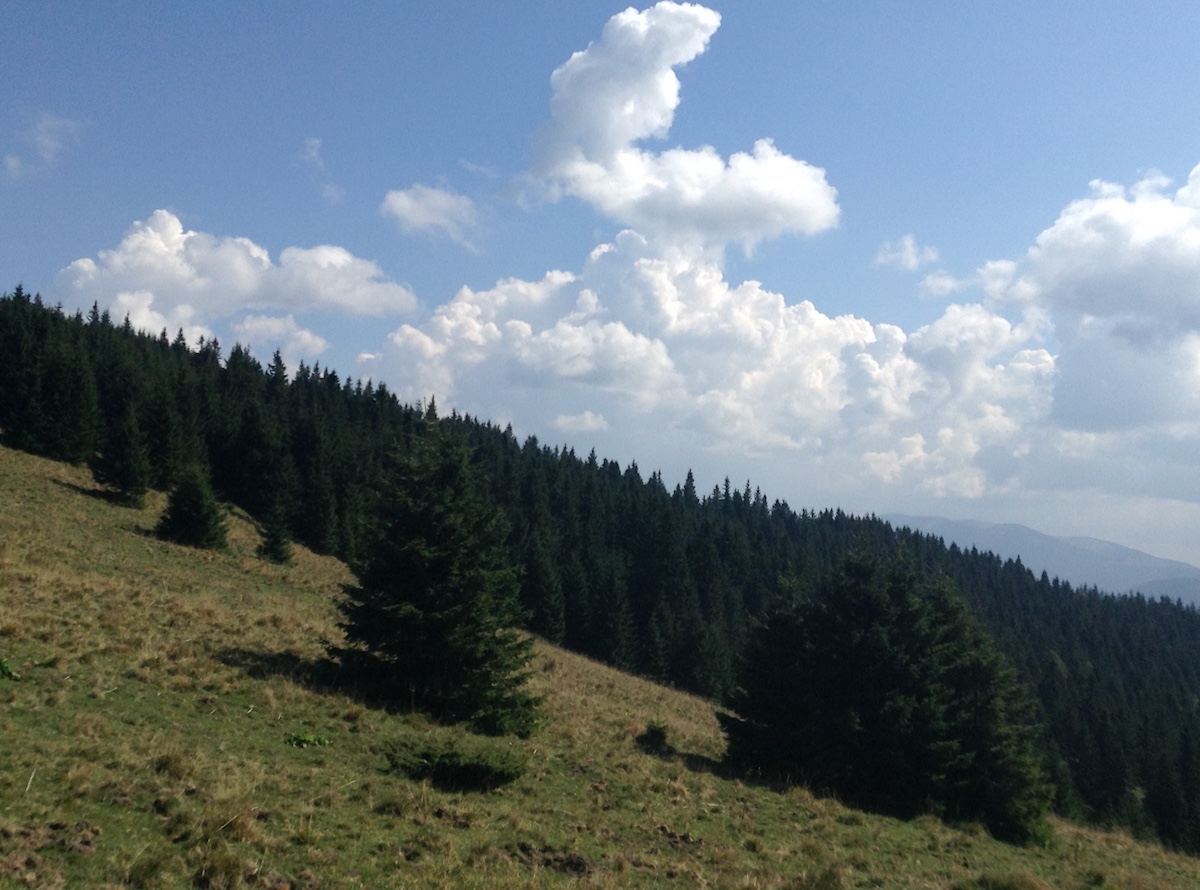

There’s a place in my heart …
– Wherever I go
Wherever I go.

The place is called ROMANIA!
Photos by me
With Love,

Copyright © 2020 manuela@inalove.world
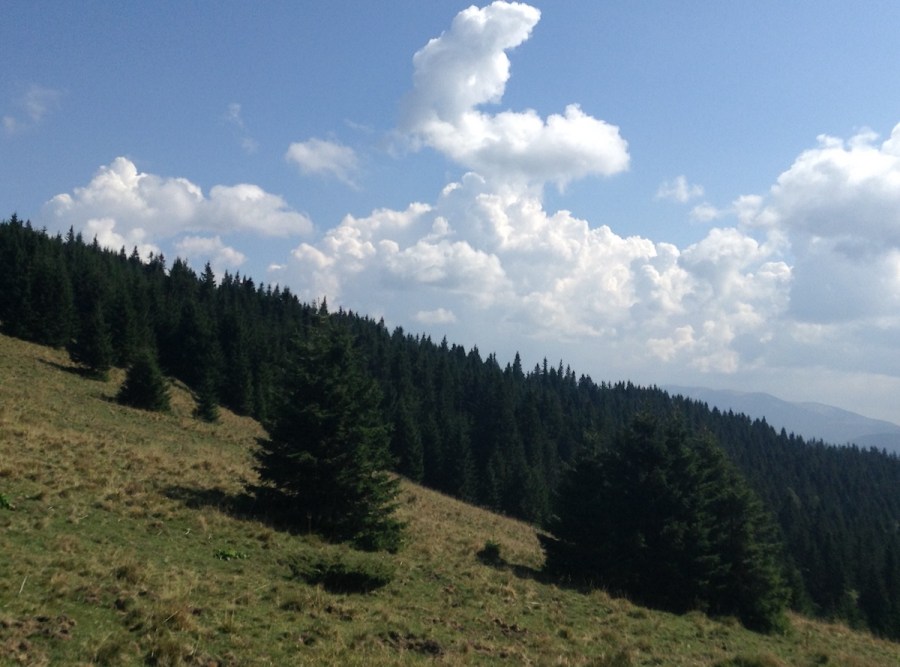
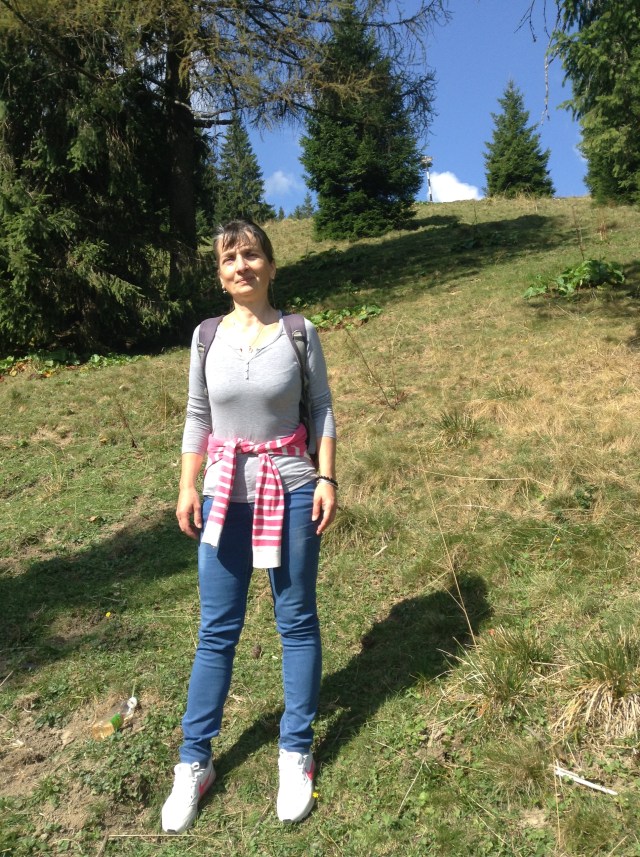
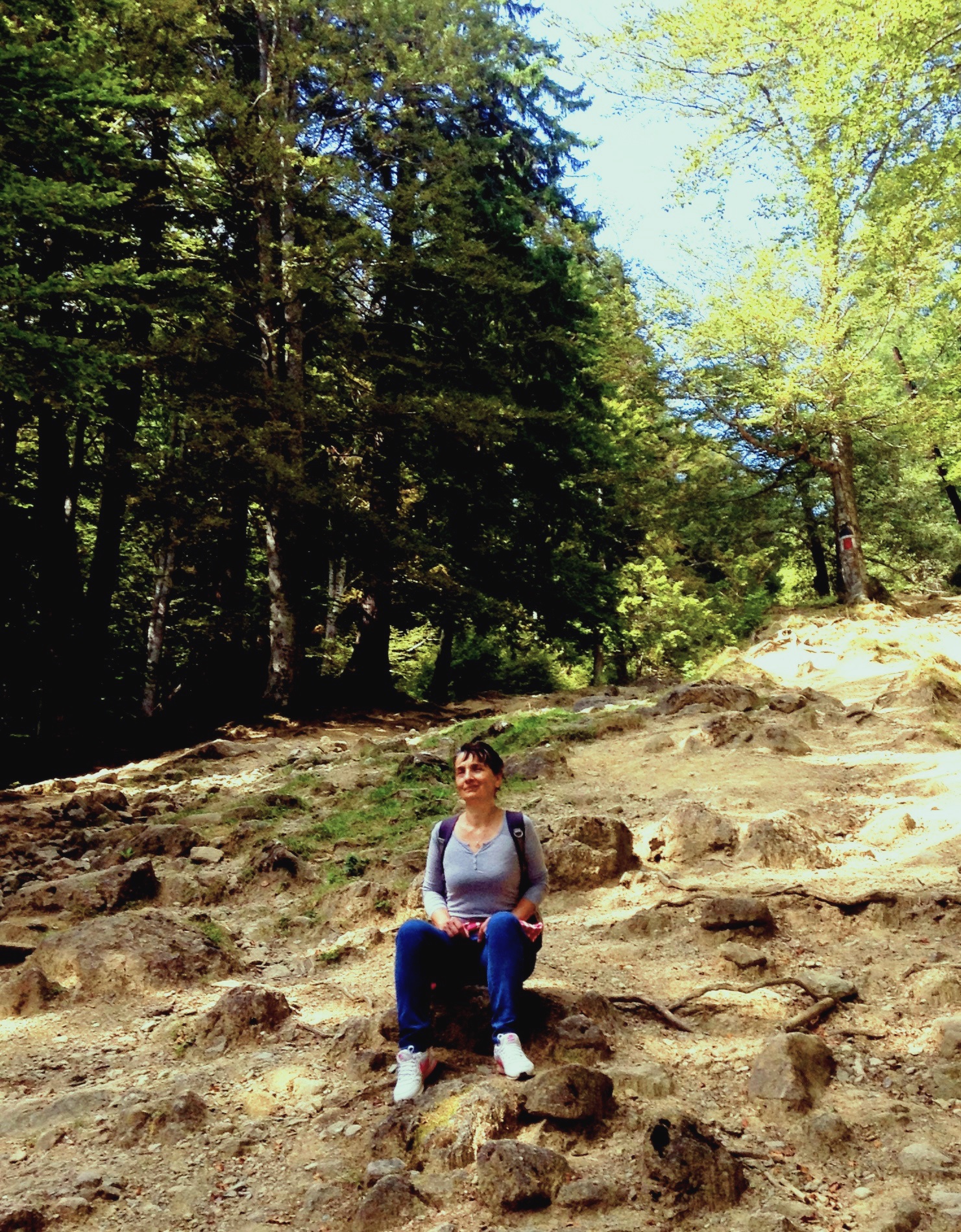
Somewhere in the Bucegi Mountains, Romania.
“There’s a place I need to be to fill my tank
A place I can go where I can be free
Where I can be happy and I just be me
Home“
With Love,

Disclosure: This post contains affiliate links. It means that if you click on one of the product links, I’ll receive a small portion of any sales at no additional cost to you.




Cișmigiu is the oldest and largest public garden from Bucharest.
The park was officially built in 1854. It is located in the central part of the city and spread out on 16 hectares.
The Gardens are known as one of the most idyllic landmarks of the city.
Photos by me
With Love,

Copyright © 2019 manuela@inalove.world
Disclosure: This post contains affiliate links. It means that if you click on one of the product links, I’ll receive a small portion of any sales at no additional cost to you.




Bucharest was known as ‘Little Paris’ from as early as 1900, but wartime bombings and communism destroyed much of that image. Though, looking for those Parisian vibes, you find them out in the Old Town among architectural jewels of the buildings that imitate that grand style.
Triumphal Arch comes to confirm that. It is a historical and architectural monument and was built in 1935 to commemorate the reunification of Romania in 1918.
With Love,

Copyright © 2019 manuela@inalove.world





Pleasing your eye with its architecture, beautiful white columns and spiral staircases, and 1,000 square m “Cărturești Carusel” a bookstore in the Old Town is the biggest bookstore from Romania. In 2018 it was nominated for the Bookstore of The Year Award.
You can pass by for a quick tour and a cup of coffee or choosing among 10,000 books, handmade arts, and crafts.
Photos by me
With Love,

Copyright © 2019 manuela@inalove.world
Disclosure: This post contains affiliate links. It means that if you click on one of the product links, I’ll receive a small portion of any sales at no additional cost to you.

In 2011, Leif Pettersen was writing “Romania’s Top 5 World Heritage sites”. The article was published by www.bbc.com in partnership with Lonely Planet. In my previous post about Romania, I was sharing with you 10 Misconceptions about Romania. Today, I decided to share Romania’s UNESCO World Heritage Sites.
So far, UNESCO has inscribed eight sites in Romania on the list of World Heritage Sites. It is a range from natural sites as Danube Delta and the Primeval Beech Forests of the Carpathians to cultural landmarks.
In my opinion, whoever sees any of them at least once in his lifetime will love Romania.
Let virtually visit them:
The region of Moldavia as part of Romania is scattered with painted monasteries. Many of them have been founded by Stefan cel Mare (Stephen the Great) as a gratitude for his victories over the Ottomans. Many monasteries have murals painted on both inside and outside. However, exterior murals have survived even after centuries of exposure to the elements.
There are eight UNESCO protected Churches of Moldavia:
This site is filled with mystical and positive energy and mystery.

There are six Dacian Fortresses located in Transilvania, in Hunedoara and Alba counties, in a wonderful mountain area. Fortresses were once the nucleus of the Dacian Kingdom. People’s bravery from that kingdom made Herodot, the Greek father of history name them “the bravest among the Thracians”.
The Chinese made copies of different famous cities like Venice, Paris, and Austrian Village. For Transylvania for sure, they have to make a copy of Sighișoara. The spirit of the medieval age is in every stone.
MaeveTheObrien

Sighișoara is a small medieval town with cobbled and narrow streets, well preserved historical buildings, and small squares. It looks like a real fairy tale.
Visiting Sighișoara, you breathe its history. Therefore, it is difficult not to fall in love with the town.
It was added to the UNESCO World Heritage in 1993, due to its beauty, and cultural significance.
It dates from the end of the 17th century and was founded by Prince of Wallachia Constantin Brancoveanu. It is a beautiful church with extremely well-preserved paintings over the centuries. It is also considered a stunning architectural masterpiece.
The villages with fortified Churches in Transylvania are another cultural heritage of Romania. Why fortified churches? Being exposed to invaders who were searching for grains and valuable goods, locals built the churches in the middle of the villages and fortified them. Consequently, they built protective walls and special chambers for hosting a large number of villagers and their goods.
Beside their beauty, the fortified churches are a way of teaching visitors about the architecture of the 13th-16th centuries.
The spectacular villages are:
The county of Maramures is situated in the northern part of Romania. According to Lonely Planet, “Maramureş is home to some of Europe’s last peasant villages, strewn among rolling hills and steeped in local customs and history”.

You can choose to visit the ancient church in Ieud dating from 1364, or one of the tallest wooden structures in Europe, a huge steeple of 72 m of the church in Surdești. Visiting Maramureș, probably you will want to visit the all eight wooden churches that are World Heritage Sites.
According to www. telegraph.co.uk “Visiting Maramures is an extraordinary experience, like walking into a fairy tale or stepping back into medieval Europe.” – Sarah Shuckburgh
The Danube Delta is one of the largest and best-preserved of Europe’s deltas. It is located in Dobrogea, Romania and is Unesco World Heritage and also, Unesco Biosphere Reserve.
Romania has nine locations where the European beech is protected by Unesco
Photo by jacqueline macou from Pixabay
With Love,

Copyright © 2019 manuela@inalove.world
Disclosure: This post contains affiliate links. It means that if you click on one of the product links, I’ll receive a small portion of any sales at no additional cost to you.
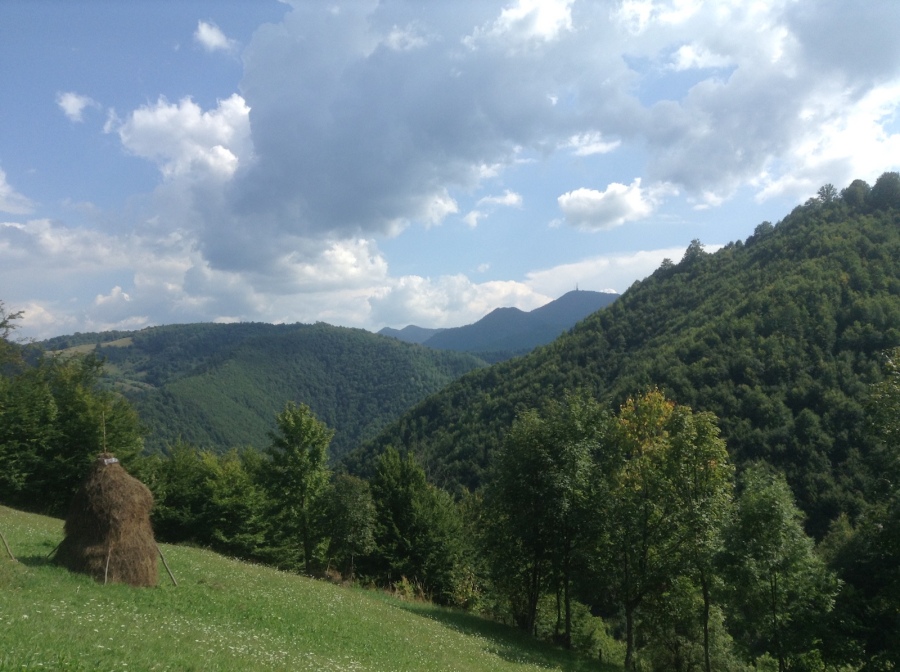

With Love,

Copyright © 2019 manuela@inalove.world
Disclosure: This post contains affiliate links. It means that if you click on one of the product links, I’ll receive a small portion of any sales at no additional cost to you.

We all have some common misconceptions about other countries or cultures. Inevitably, in this day and age, all it takes is a newspaper article or a viral video to spread around all over social media to create a false image about something. This post wants to show you the 10 most common misconceptions about Romania.
There seems to be a bit of a feeling in Western Europe that people are ahead of the times compared to Eastern Europe. Especially, when it comes to Romania. A reason for them to think that is an assumption. It is based on all the misconceptions people are fed with and knowing nothing about the country in that sense before visiting the country.
Let’s start with the first reason, that visiting Romania would be like being thrown back in time. Thus, you could expect to see plenty of isolated hamlets. To see haystacks sprinkled everywhere and horses pulling carts along dirt roads.
In many cities worldwide, horse carriages are used as a tourist attraction. It is because they evoke nostalgic images of days gone by.
In rural Romania, horse carriages are a mode of transport still common. They are not allowed on public roads. Yet, because manual labor is the Romanian peasants’ mainly work, horse carriages are very useful. For centuries, agriculture was part of the Romanian’s main occupation. So, horse carts have been used for carrying hay, vegetables, wood, materials. Especially, on the dirt roads between parcels of land.
However, in isolated hamlets or self-sufficient villages, with medieval fortifications or wooden churches, villages encapsulate the romance of rural Romania. Horse carriages and haystacks have their contribution to the primitive nature of rural life. They are making those villages seem to be stepped out of the Middle Ages.
It is another misconception that puts a lot of visitors off. Many people believe that traveling to Romania is not safe. Probably, because of the hectic period that follows the fall of communism, people think that pocket thieves are one of the main elements of daily life and you risk being robbed on Romania’s streets.
It might have been the case some decades ago, but nowadays, Romania isn’t more dangerous than any other European country.
As reported by NationMaster, Romania is far behind Canada, Finland, Sweden, The Netherlands, and France when it comes to assaults, robberies, and kidnappings. Moreover, violent crime in Bucharest is among the lowest of any capital city in Europe, according to figures compiled by the UN Office on Drugs and Crime.
Like in many other countries, if you take the minimum required precautions, you should not be afraid to travel to this country. So, it is better to keep your wallet, phone or credit cards in places that are hard to reach. Especially, when going to crowded places or using public transportation services. It is safer not to venture alone on empty streets during nighttime. Usually, wouldn’t you do the same things in cities like New York, Paris or Rome?
Therefore, the question if Romania is safe has a yes as the answer. It is safe to travel to Romania!
It is an image people have it when comes to Romania. It might be true if you compare to Western European countries but it is not true if you look at it on a global scale.
The currency in Romania is “Leu”/ lion and the average monthly wage is between 250 – 400 euros and it is lower than throughout the rest of Europe. Well, you have to see it in the context of the cost of living in Romania. That is less than in Western Europe.
You can visit Bucharest for the equivalent of 100 euros a day. Living somewhere in Bucharest you will have good Wi-Fi, and for a few euros a month you will benefit from minutes and network signal at 3G/4G speeds even up in the mountains on the Transfăgărășan Highway. According to OpenSignal, Romania is one of the best places in the world for 4G speed occupying the fourth place out of 78 nations.
Let’s look at the economy! It has been increasing a lot in the last years. In fact, in 2017, it experienced the fastest growth in the EU, with a growth rate of 6.9%.
Romania is a small rich country and its image needs to be changed.
Most Romanians know a story about someone mistaking Bucharest for Budapest. To name a few: Michael Jackson, Lenny Kravitz, Ozzy Osbourne, Metallica…
Romania took action to end the confusion between its capital city and Budapest, the capital of Hungary. How? A Romanian chocolate manufacturer “Rom Authentic” launched the campaign “Bucharest not Budapest” in 2013, with online banners, a dynamic website, billboards and outdoor. Hungary has also joined in the campaign and placed billboards near Ferenc Liszt International Airport from its capital city.
Bucharest is the capital city of Romania since 1862 AD. It was used to be called “the little Paris” due to its elegant architecture built in the period between the two World Wars. According to a top published by an online magazine “slate.fr“, Bucharest is rated the 2nd “coolest” city in Europe.
Another misconception describes Bucharest as a city full of high buildings and being pretty grey.
Well, expecting to find a communist-style architecture you will be disappointed.
Bucharest was known as ‘Little Paris’ from as early as 1900, but wartime bombings and communism destroyed much of that image. Though, looking for those Parisian vibes, you find them out in the Old Town among architectural jewels of the buildings that imitate that grand style.
Pleasing your eye with its architecture, beautiful white columns and spiral staircases, and 1,000 square m “Cărturești Carusel” a bookstore in the Old Town is the biggest bookstore from Romania. In 2018 it was nominated for the Bookstore of The Year Award. You can pass by for a quick tour and a cup of coffee or choosing among 10,000 books, handmade arts, and crafts.
Together with thousands of people, you can watch the fountains dance to a concert of popular music at Union Square.
Also, in Bucharest is the largest civil administration building in the world, Parliament House and its excessive proportions make Guinness World Records recognize it “as the heaviest building on the planet”.
However, according to Lonely Planet, “Bucharest is all energy”.
Romania’s geographical position in Eastern Europe, surrounded by Slavic speaking countries, makes people think to show off their Slavic Vocabulary. Unfortunately, ordering “voda” or “pivo” instead of “apă”/ water and “bere”/ beer, you will be disappointed again and learn that in Romania it is spoken a completely different language.
Romanians were learning Russian during communism, but this has not been the case since the early 1990s. Traveling through Romania you will hear people speaking German, Hungarian and of course, Romanian, It is a similar language to Italian, French, Spanish, and Portuguese, and considered a Latin language.
As Miceal Ledwith, a confidant of Pope John Paul II and the man who had access to all secret documents from the Vatican Library, stated, “Romanian is not a Latin language, rather Latin is the Romanian Language.“
So, Romanian is just Romanian, a unique and beautiful language.
It is believed that Gypsies have arrived in Europe from northern India in the 1400s. This ethnic minority is constituted of distinct groups called “tribes” or “nations”.
Unfortunately, one of the misconceptions about Romania is that Romanians are Gypsies, and they go to Western European countries to beg and steal. It is because there is a strong stigma against Gypsies, that characterizes them as thieves and delinquents.
Inevitably, Romanian people become often irritated when foreign governments or media portray them through Gypsy images. Partly, because “Romanians” is the word for people living in Romania, as “Americans” is for America or “French people” is for France. Partly, because Gypsies are minorities living worldwide.
Do you portray other nations through Gypsies’ image? No, you don’t. Why should you do with Romanians?
This is not a complete misconception, for there is some truth to this. The roads in Romania can be awful. They are generally looked after and are way better than they used to be. Unfortunately, potholes are a big problem. So, potholes in Romania’s roads are real holes that can cause serious damage to your car.
So, should you not drive? You should! While sections of the roads might be bad or a little slower, at least they are kept well and you may enjoy a pleasant drive. Roads out of Bucharest or other cities, to the other popular tourist destinations are quite good. The road out to the beach is a perfect motorway and very easy to drive. The mountain road that connects the south of Romania with Transilvania (90 km), crossing the Făgăraș Mountains is Transfăgărășan Highway. According to Top Gear star Jeremy Clarkson, it is “the best driving road in the world”.
Let’s just say, if you’re not brave enough to try driving on the roads of Romania, you won’t know how good or bad the roads are.
Hahaha! This name is probably the first thing that comes to your mind when you think about Romania.
In one form or another, vampires have always been part of human culture and folklore. Researching European folklore and stories of vampires for seven years, inspired by the history of Transylvania and influenced by Emily Gerard’s 1885 essay, “Transilvania Superstitions”, the Irish author Bram Stoker wrote Dracula novel in 1897. Its fictional character became extremely famous especially because of the movies adapted from that novel. However, there is more to Romania than legends of blood-sucking creatures.
The name “Dracula” comes from the Order both Vlad Țepeș (Vlad the Impaler) and his father had been associated with, the Crusader Order of the Dragon.
Besides, the image of the ruler Vlad Țepeș as a vampire, is a fictional one, for he is an important part of Romanian history and a national hero.
Because of Dracula legend, many people believe there must be some truth, right? Well, suspecting people of vampirism was quite common during the Middle Ages not only in Romania but all over Europe. Therefore, you can visit Transylvania without being afraid and carrying a wooden cross, salt or garlic with you.
This land of mystique and legend, known as “Dracula Country”, Transylvania, is a historical and geographical region of Romania. It is located inside the Carpathian arch with a total area of over 100,000 square km.
Would it be that a fictional place when the properties Prince Charles has bought are located here?
Visiting beautiful cities like Sibiu, Brasov, and Sighișoara, stunning castles like Hunyady, Bran, and Peleș, or “the Poienari Fortress”, the castle where Vlad the Impaler lived, you visit Transylvania.
Is Transylvania a fictional place? No, it is real and according to Lonely Planet, Transylvania is the best-known and most beautiful region of Romania.
Any misconceptions you have about Romania, that Romanians are Gypsies, speak Russian and the capital city of the country is Budapest, they will be swept away visiting the country, for Romania is amazing.
With Love,

Copyright © 2019 manuela@inalove.world